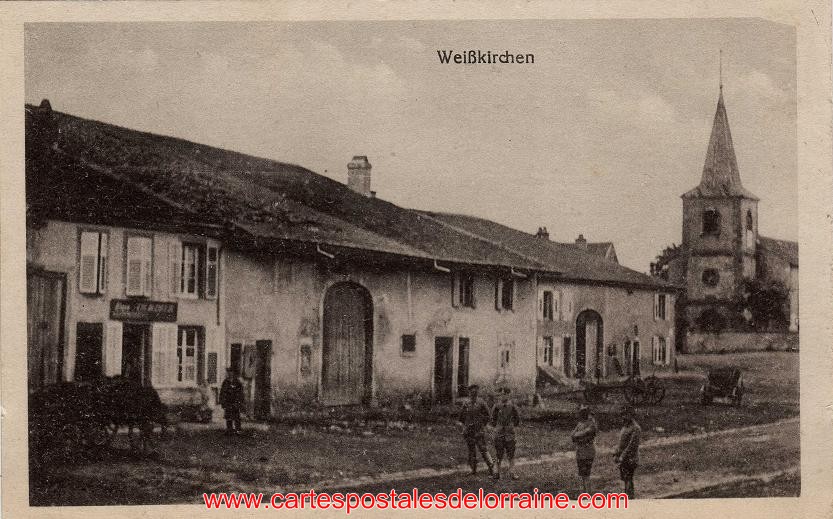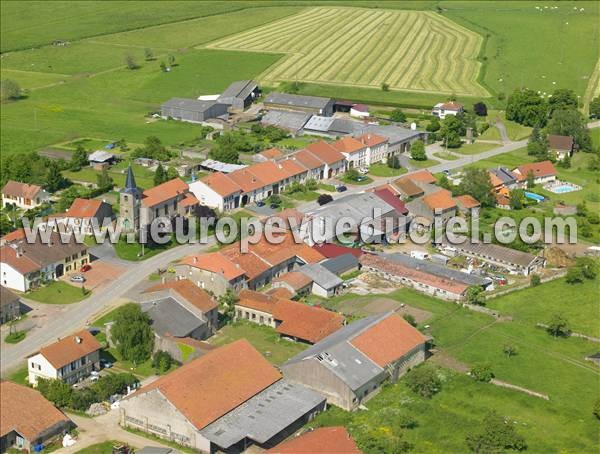Blanche-Église
Blanche- Église ( German white churches ) is a commune with 133 inhabitants (as of January 1, 2011 ) in the department of Moselle in the Lorraine region. It belongs to the district of Château- Salins, to Canton Dieuze and the Communauté de communes du Kommunalverband Saulnois.
Geography
Blanche- Église is located in Saulnois about 50 kilometers southeast of Metz, about 40 kilometers northeast of Nancy and 26 kilometers north east of Luneville in the Regional Natural Park of Lorraine, between the neighboring communities Mulcey in the northwest and Guéblange -lès- Dieuze in the southeast at an altitude between 203 and 238 meters above sea level. The municipality covers 6.89 km ² ( 689 acres ). The seille flows north of the town center by the municipality.
History
Blanche- Église was first mentioned in 1314 in the cartulary of the monastery Hauteseille under the Latin name Alba Ecclesia. In the 18th century it was mentioned in the Livre terrier ( seigneuriales land register) of Saint -Jean -de- Bassel as Veiskirchen.
Blanche- Église belonged in the Middle Ages the imperial abbey of St. Maximin in Trier and the Bailliage Dieuze was assumed.
1793 was Blanche -Église as Blanche Eglise in the wake of the French Revolution ( 1789-1799 ) the status of a municipality and 1801 under the current name, the right to local self-government. It belonged from 1801 to 1871 to the former department of Meurthe, which was renamed in 1871 in Meurthe -et -Moselle. 1871, the community was incorporated into the newly created National Rural Alsace-Lorraine by the German Empire due to territorial changes through the course of the German - French War ( 1870-1871 ). The National Rural Alsace-Lorraine existed until the end of World War I (1914-1918) and was subsequently dissolved. Blanche- Église was at that time in the department of Moselle, this change was also maintained in 1918, when France was awarded Moselle again.
Demographics
Coat of arms
The municipal coat of arms is a canting arms, Blanche- Église is the French word for "white" church. The coat of arms shows on the right side of a silver heraldic church on a red background, because the color scheme, in heraldry is silver color with white matter and on the heraldic left a black bear with a red collar on a golden background. The bear represents the imperial abbey of St. Maximin, whose coat of arms bears a golden shield with a black bear in the middle.










